Can I Use Chlorine Mixed Water in Fish Farming?
Worried about using tap water for your fish? Using water with chlorine can harm or even kill your fish stock. Let's discuss how to handle chlorinated water safely for successful fish farming.
No, you generally cannot use chlorinated water directly for fish farming. Chlorine is toxic to fish. It damages their gills and skin. You must remove or neutralize the chlorine before adding fish to the water.
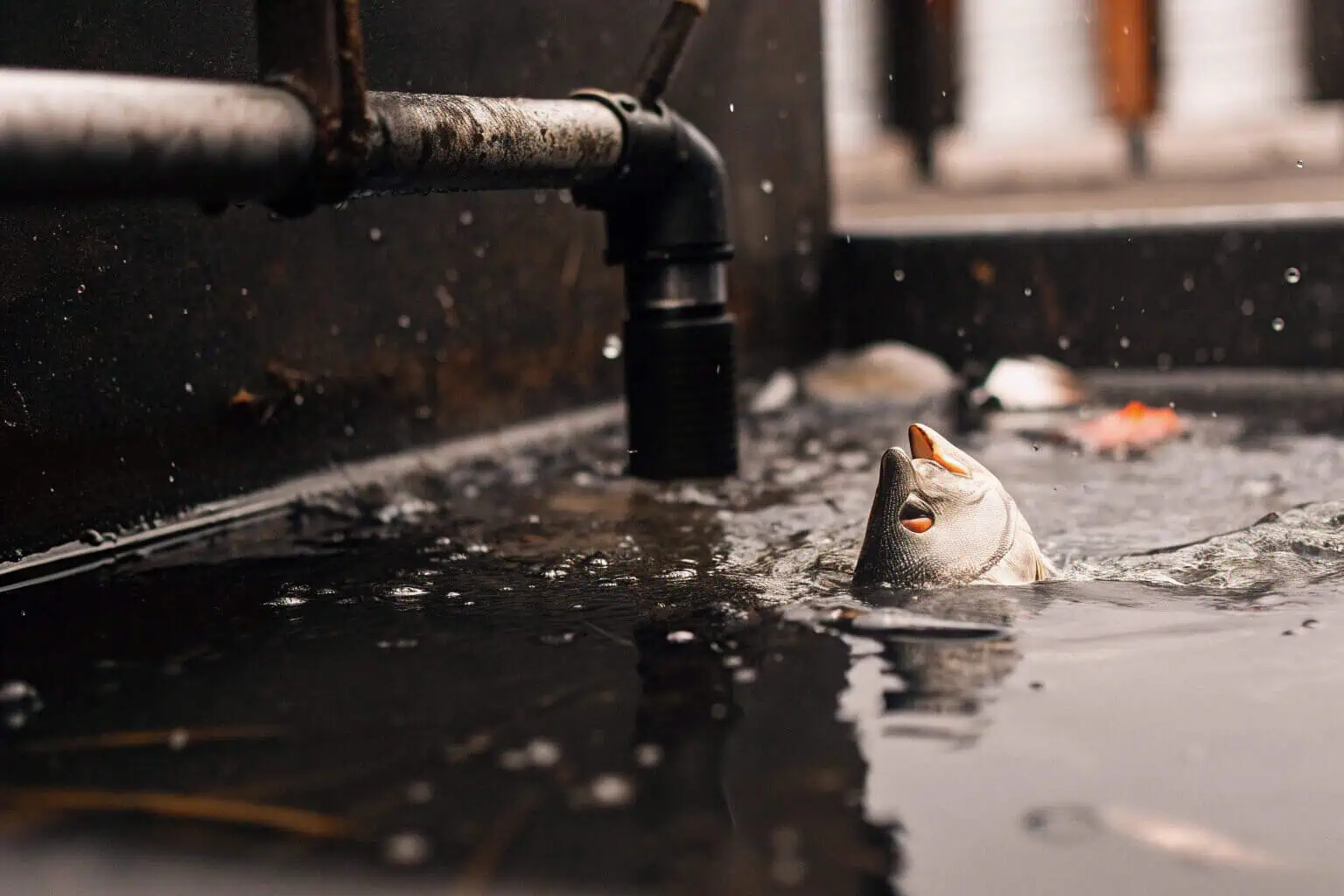
So, we know chlorine is bad news for fish. But why exactly? And what are the safe alternatives? Let's dive deeper into managing water quality for successful fish farming, something I care deeply about here at Bancy Solutions.
Is chlorine water safe for fish?
Many people use tap water, but it contains chlorine. Is this chemical actually harmful to your fish? Understanding the risk is the first step to protecting them, a common challenge for the farmers I work with.
No, chlorine water is not safe for fish. It's highly toxic. Even low levels damage fish gills, making it hard for them to breathe, and can cause skin irritation or death. Proper treatment is essential.
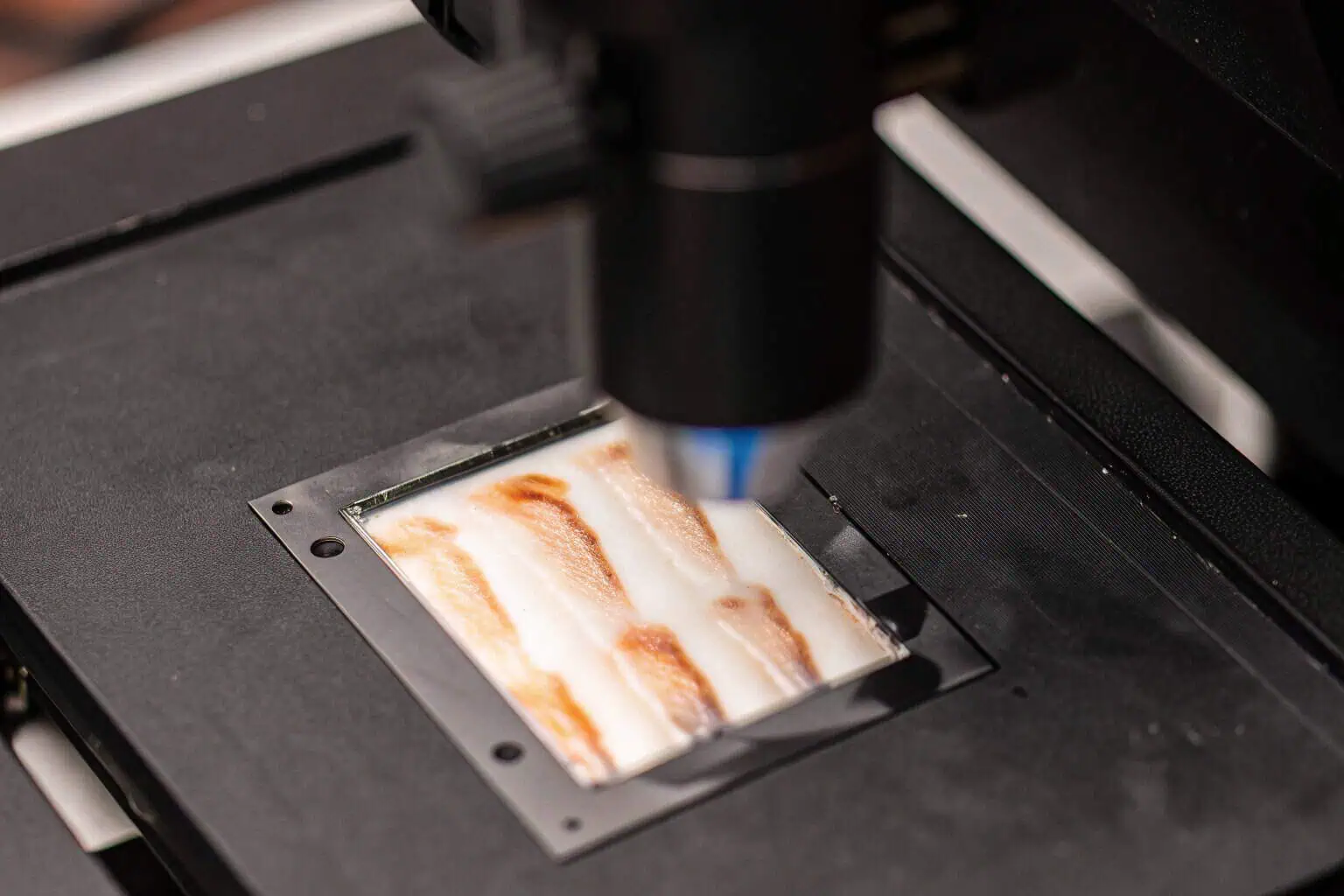
Chlorine is a strong chemical disinfectant. While it makes water safe for humans to drink, it's a different story for aquatic life1. Fish farming requires careful water management, and chlorine2 is a major hazard we need to control.
How Chlorine Hurts Fish
The main issue is how chlorine attacks living tissue. Fish breathe by passing water over their gills. These gills have very delicate membranes. Chlorine directly burns and damages these membranes. This reduces the fish's ability to take in oxygen, leading to suffocation even in oxygen-rich water. It also irritates their skin and protective slime coat. This damage makes them vulnerable to bacterial and fungal infections. Even if fish survive initial exposure, the stress and physical damage can lead to long-term health problems and reduced growth, impacting the farmer's bottom line.
What About Chloramine?
Some water treatment plants use chloramine3 (chlorine bonded with ammonia) instead of just chlorine. Chloramine is more stable and lasts longer in the water pipes. This is good for human water supplies but bad for fish. It's also toxic to fish, causing similar gill and skin damage. Importantly, some simple methods for removing chlorine, like letting water sit out, might not fully remove chloramine because it doesn't evaporate as easily. You need specific treatments, like certain water conditioners4, to neutralize chloramine effectively. Always check with your local water supplier to know if they use chlorine or chloramine.
Comparing Chlorine Effects
Understanding the specific impacts helps underscore the danger.
| Effect Type | Description | Severity |
|---|---|---|
| Gill Damage | Burns delicate tissues, impairs breathing | High |
| Skin Irritation | Damages slime coat, increases infection risk | Moderate-High |
| Stress | Weakens immune system, reduces growth | Moderate |
| Suffocation | Result of severe gill damage | High / Lethal |
| Secondary Infection | Due to damaged skin/slime coat | Moderate |
As someone working with many fish farmers at Bancy, I've seen the sad results of using untreated tap water. Ensuring your water source is chlorine-free5 before it enters your tanks, like our durable Bancy collapsible tanks, is absolutely essential for healthy fish and a successful operation.
What is the best water for fish farming?
Choosing the right water source is critical for your fish farm's success. Using poor quality water leads to problems like slow growth, disease, and loss of stock. So, what kind of water helps fish thrive?
The best water for fish farming is clean, well-oxygenated, and free from toxins like chlorine, heavy metals, and pesticides. Consistent temperature and pH levels suitable for your specific fish species are also crucial.
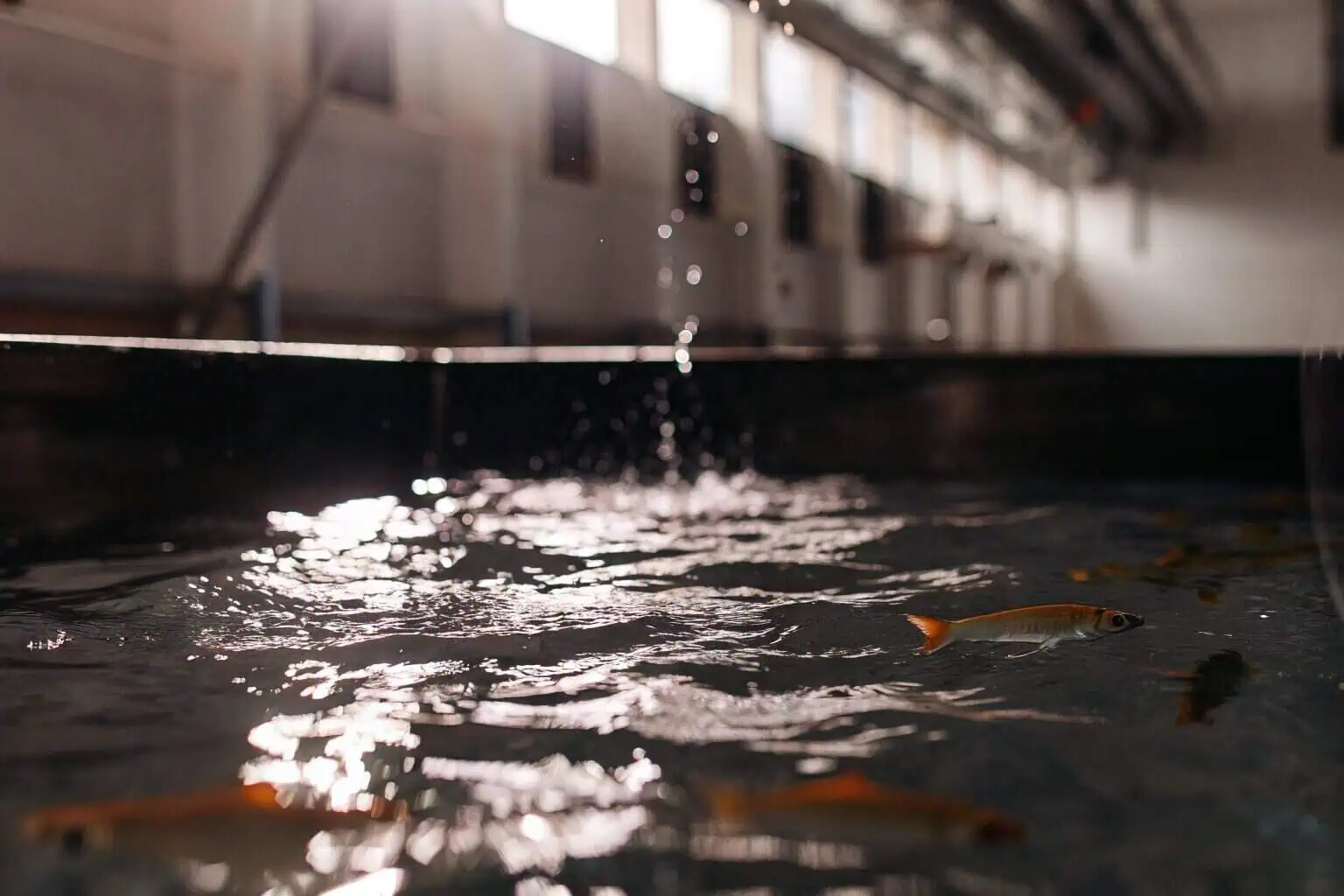
Finding the "best" water depends partly on your location and resources, but the qualities6 of the best water are universal. It needs to support healthy fish life consistently. Providing a stable, clean environment is key.
Ideal Water Sources
Different sources have pros and cons:
- Well Water7: Often free of chlorine but might contain high levels of minerals (hardness), iron, or dissolved gases like carbon dioxide or hydrogen sulfide. It can also be low in oxygen. Testing is vital before use.
- Spring Water: Can be excellent quality, often naturally filtered and cool. However, the source flow might be unreliable, and you still need to check for potential contaminants from the surrounding land.
- Surface Water (Rivers, Lakes): Abundant and often used for large-scale farming. However, quality can vary greatly with weather (runoff pollution) and upstream activities. It's prone to pollution (pesticides, industrial waste), temperature swings, and may carry diseases or parasites. Filtration and sometimes sterilization are usually necessary.
- Municipal (Tap) Water8: A reliable source with generally consistent quality (after treatment plant). Its main drawback is the presence of chlorine or chloramine, which must be removed.
- Rainwater: Can be very pure, naturally soft, and free of chlorine. However, it might lack essential minerals and have an unstable pH (often acidic). Collection systems are needed, and it might require filtering and buffering (adding minerals to stabilize pH).
Key Water Quality Parameters
Beyond just the source and chlorine, consistently monitor these factors:
- Dissolved Oxygen (DO)9: Fish need it to breathe. Levels should ideally be above 5 mg/L for most species. Aeration systems help maintain adequate DO.
- pH: Measures acidity/alkalinity. Most fish thrive between pH 6.5 and 8.5, but the ideal range varies by species. Sudden pH shifts are stressful.
- Ammonia (NH3)/Ammonium (NH4+)10: Toxic waste product from fish. Must be kept very low, ideally near zero. Biological filters convert it to nitrite.
- Nitrite (NO2-): Also toxic, interferes with oxygen transport in fish blood. Biological filters convert it to less harmful nitrate.
- Nitrate (NO3-): Much less toxic than ammonia or nitrite but can contribute to algae growth at high levels. Controlled by water changes or aquaponics.
- Temperature: Fish are cold-blooded; their metabolism depends on water temperature. Each species has an optimal range for growth and health. Keep temperatures stable.
- Hardness & Alkalinity: Measure dissolved minerals. Affects pH11 stability and osmoregulation in fish.
Water Source Comparison
Here's a quick comparison:
| Source | Pros | Cons | Treatment Needs |
|---|---|---|---|
| Well Water | Chlorine-free usually, stable temp | Minerals, gases, low O2 possible, needs testing | Aeration, possible filtering/treatment |
| Spring Water | Often high quality | Variable flow, potential contaminants, needs testing | Testing, maybe filtering |
| Surface Water | Abundant | Variable quality, pollution risk, temp swings, diseases | Filtration, sterilization often needed |
| Tap Water | Consistent quality (post-treatment) | Contains Chlorine/Chloramine | Dechlorination Required |
| Rainwater | Pure (usually), free | Low minerals, unstable pH, collection required | Buffering, filtering |
At Bancy, we design our tanks like the Galvanized Pipe Fish Tank or the versatile Collapsible Plastic Fish Tank to hold water safely once you've ensured its quality. Our tanks provide a reliable container, but starting with the best possible water source and treating it appropriately is the foundation of good fish farming.
Can I use chlorine in a fish pond?
Fish ponds can sometimes face issues like murky water, algae blooms, or disease outbreaks. Could adding chlorine be a quick fix to clean the water or treat problems? Let’s look at the risks involved before considering such a drastic step.
No, you should never add chlorine directly to a fish pond that contains fish. It is highly toxic and will kill them, along with beneficial bacteria. Chlorine is only sometimes used carefully to sterilize empty ponds.
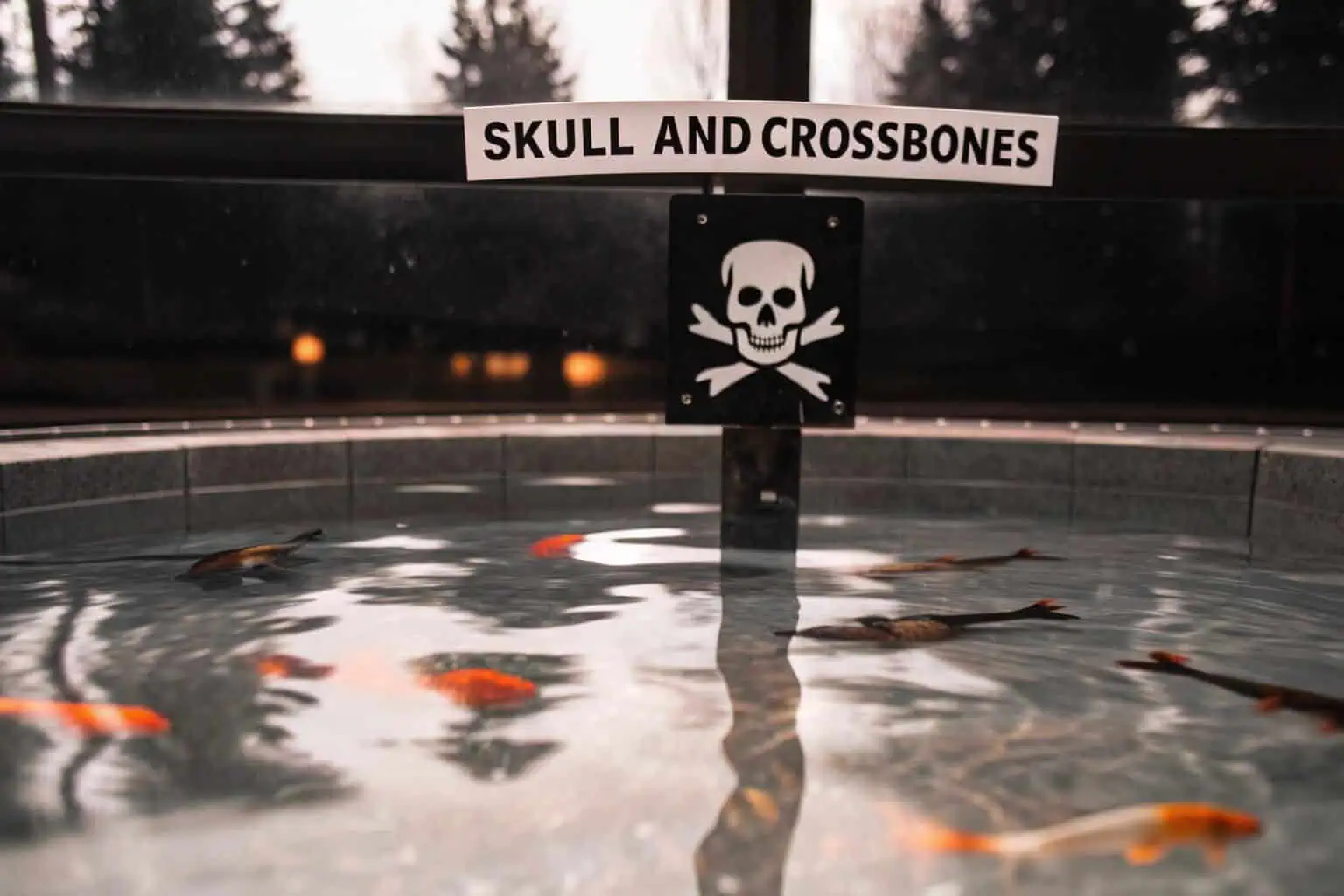
Using chlorine in an active fish pond with fish swimming in it is definitely not recommended. It's harmful to fish for all the reasons we've discussed – it burns their gills, damages skin, causes immense stress, and ultimately leads to death. It also kills the beneficial bacteria12 that help break down fish waste in the pond's ecosystem.
Sterilization vs. Active Treatment
There is one specific, limited situation where chlorine might be used: sterilizing an empty pond or tank between batches of fish. If a pond has suffered from a severe disease outbreak caused by bacteria or parasites, a farmer might drain it completely, clean out debris, and then apply a chlorine solution (like bleach diluted in water) to surfaces to kill any remaining pathogens. This must be done very carefully. The correct concentration must be used, and most importantly, the chlorine13 must be completely neutralized (using a dechlorinating agent14) and the pond thoroughly rinsed and flushed with clean, safe water before any new fish are introduced. This procedure is more common for earthen ponds or concrete structures, not usually necessary for our Bancy flexible tanks, which have smooth surfaces that are much easier to clean manually between uses.
Alternatives for Pond Health and Clarity
Instead of resorting to dangerous chemicals like chlorine in an active pond, focus on good management practices:
- Proper Filtration15: Use mechanical filters to remove solid waste and biological filters (like those in Recirculating Aquaculture Systems - RAS) to process ammonia and nitrite.
- Regular Water Changes16: Dilute accumulated wastes and nitrates by replacing a percentage (e.g., 10-20%) of the pond water regularly with fresh, dechlorinated water.
- Adequate Aeration: Use air pumps and air stones or other aerators to keep dissolved oxygen levels high. This supports fish health and the beneficial bacteria in your filter.
- Sensible Algae Control17: Manage algae through methods like reducing nutrient input (avoid overfeeding), using UV sterilizers in the filter system, manually removing excess algae, or adding aquatic plants (in some systems) to compete for nutrients. Introduce algae-eating fish only if compatible with your main crop.
- Avoid Overstocking: Don't put too many fish in your pond. Overstocking leads to poor water quality, stress, and increased disease risk. Follow recommended stocking densities for your system size and filtration capacity.
Chlorine Use Cases in Aquaculture
Let's be clear about when chlorine is acceptable and when it's not:
| Scenario | Use of Chlorine | Safety for Fish | Notes |
|---|---|---|---|
| Active Pond with Fish | NEVER ADD | Extremely Toxic | Will kill fish and beneficial bacteria essential for water quality. |
| Filling with Tap Water | Present in source water | Toxic | Must be removed/neutralized BEFORE adding fish. |
| Sterilizing Empty Pond | Sometimes used between fish batches | N/A (No fish) | Requires careful calculation, handling, and complete neutralization/rinsing before refill. |
| Equipment Disinfection | Can be used on nets, tools, empty tanks | N/A (No fish) | Rinse items thoroughly with clean water before they contact fish or active pond water. |
As a supplier through Bancy, focusing on sustainable fish farming, I always advise customers to prioritize prevention and good husbandry. Managing water quality through filtration, aeration, and responsible stocking is far better than relying on harsh chemicals like chlorine in active ponds.
How long does it take for chlorinated water to be safe for fish?
Okay, so you need to use tap water for your fish tank or pond, and you understand that the chlorine must be removed first. How long do you actually have to wait before the water is safe? Let's explore the time it takes and the methods involved.
Chlorine can dissipate naturally from water over time, typically taking 24-72 hours. Factors like surface area, sunlight, and aeration speed this up. However, using a water conditioner (dechlorinator) makes water safe almost instantly.
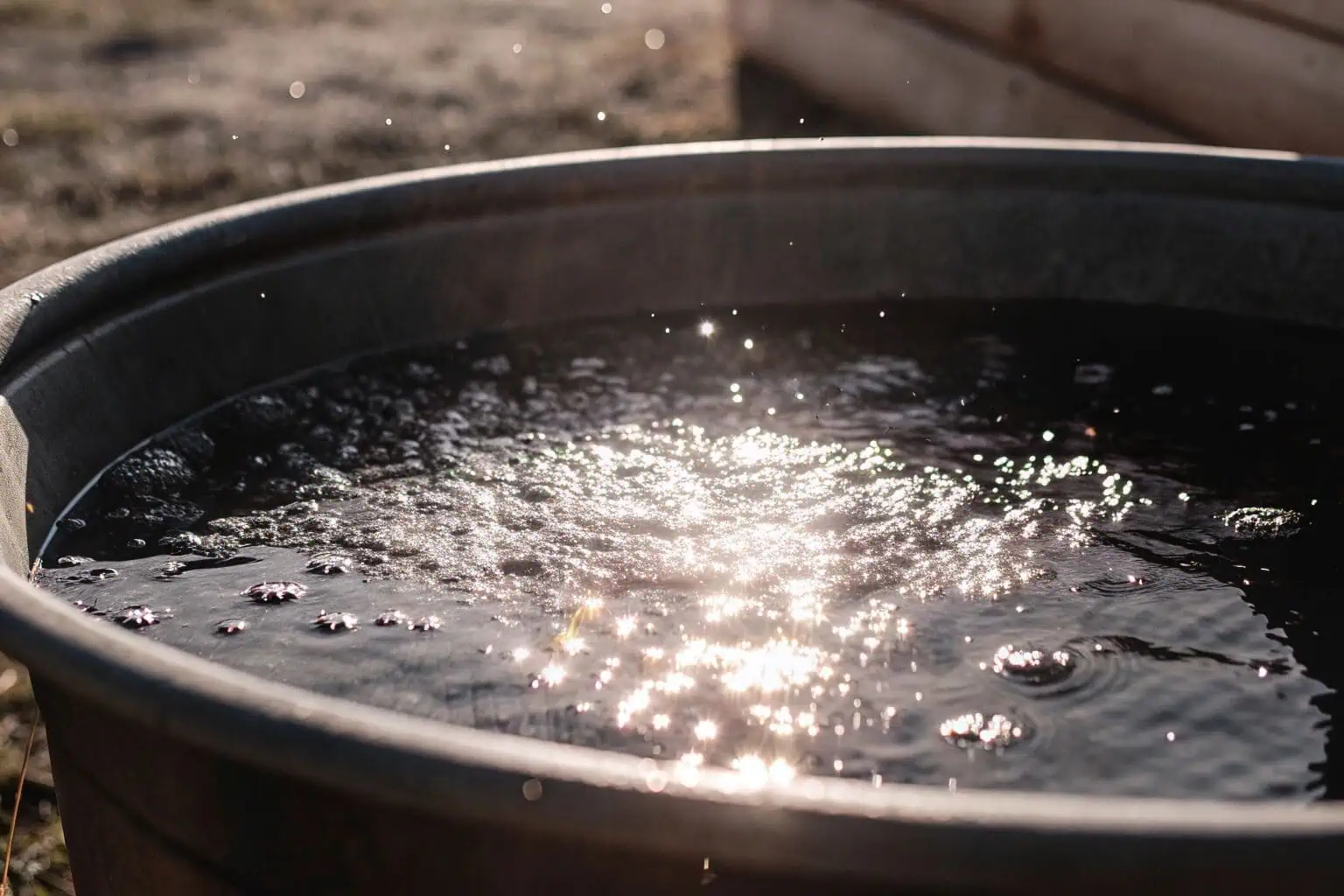
Getting chlorine out of tap water before it reaches your fish is a critical step. How long this takes depends heavily on the method you choose and the conditions. Understanding these factors helps you make the water safe efficiently.
Natural Dechlorination18 ("Aging" Water)
Chlorine is a volatile chemical, meaning it naturally tends to escape from water into the air as a gas over time. This process is called dissipation or "aging." Several factors influence how fast this happens:
- Surface Area: The more water surface is exposed to air, the faster chlorine can escape. A wide, shallow container will dechlorinate faster than a tall, narrow one with the same volume.
- Water Temperature: Warmer water releases dissolved gases, including chlorine, faster than cold water.
- Sunlight (UV Radiation): Ultraviolet light from the sun helps break down chlorine molecules, speeding up the process. Leaving water in direct sunlight can significantly reduce dechlorination time.
- Aeration19: Actively bubbling air through the water using an air pump and air stone creates turbulence and greatly increases the surface area where gas exchange can happen. This is one of the most effective ways to speed up natural dechlorination.
With good aeration and sunlight exposure, chlorine might dissipate sufficiently within 24 to 48 hours. Without these aids, in a still container kept indoors, it could take 3 days or even longer. A very important point: This natural aging method is much less effective and reliable for removing chloramine. Chloramine20 is designed to be more stable and does not dissipate easily like chlorine. If your water contains chloramine, aging alone is usually not enough.
Chemical Dechlorination
This is the fastest, easiest, and most reliable method, especially if you have chloramine. Commercial water conditioners contain chemicals, most commonly sodium thiosulfate, that react instantly with both chlorine and chloramine, neutralizing them and rendering them harmless to fish. You simply add the recommended dose of the liquid conditioner to the tap water, give it a quick stir to mix, and the water is typically safe to use within minutes. Most products work almost instantaneously. This is the preferred method for most fish keepers and farmers due to its speed, effectiveness, and reliability for both chlorine and chloramine.
Dechlorination Methods Compared
Here’s a summary of the common methods:
| Method | Time Required | Effectiveness (Chlorine) | Effectiveness (Chloramine) | Notes |
|---|---|---|---|---|
| Aging (Still Water) | 48-72+ hours | Good | Poor / Very Slow | Slowest method, unreliable if chloramine is present. |
| Aging (Aeration/Sun) | 24-48 hours | Very Good | Poor-Fair / Slow | Faster than still aging, but still not ideal for chloramine. |
| Chemical Dechlorinator | Minutes | Excellent | Excellent | Fastest, most reliable for both, readily available, low cost per use. |
| Activated Carbon Filter | Flow-dependent (Fast) | Excellent | Good (catalytic carbon) | Effective for continuous flow (e.g., filling large tanks), requires filter setup/maintenance. |
From my experience at Bancy interacting with fish farmers, especially those needing quick water changes, managing large volumes, or dealing with chloramine, chemical dechlorinators or appropriate activated carbon filtration are the most practical and recommended solutions. Relying solely on natural aging carries risks and takes valuable time, potentially delaying important tasks and impacting fish health if not done correctly or if chloramine is present. Using a reliable dechlorination method ensures your fish always get safe water quickly.
Conclusion
In conclusion, never use chlorinated water directly for your fish. Always treat tap water first. You can age it with aeration, but using a water conditioner is the fastest and safest way.
-
Learning about chemical pollutants' effects on aquatic life can inform better environmental protection strategies. ↩
-
Understanding chlorine's impact on aquatic ecosystems is crucial for sustainable fish farming practices. ↩
-
Understanding chloramine's effects on fish is crucial for maintaining a healthy aquatic environment. Explore this link for detailed insights. ↩
-
Finding effective water conditioners is vital for fish health. This resource will guide you to the best options available. ↩
-
Ensuring your water is chlorine-free is essential for fish survival. Discover methods to achieve this in your tanks. ↩
-
Understanding the qualities of water is crucial for maintaining a healthy aquatic environment. Explore this link to learn more about water quality. ↩
-
Discover the advantages and disadvantages of well water to ensure a safe habitat for your fish. This resource provides valuable insights. ↩
-
Learn effective methods to treat municipal tap water, ensuring it is safe for your fish. This guide is essential for fish keepers. ↩
-
Understanding DO levels is crucial for fish health. Explore this link to learn how to maintain optimal levels for your aquatic life. ↩
-
Ammonia toxicity can harm fish. Learn about its effects and how to keep levels safe for your aquatic environment. ↩
-
pH levels can significantly impact fish well-being. Discover the ideal ranges and how to manage them effectively. ↩
-
Learn about the crucial role of beneficial bacteria in maintaining a balanced ecosystem in your pond, ensuring fish health and water quality. ↩
-
Understanding the effects of chlorine on fish can help you maintain a healthy pond environment. Explore this link for detailed insights. ↩
-
Discover how dechlorinating agents neutralize harmful chlorine, making your pond safe for fish and other aquatic life. ↩
-
Explore this resource to understand how proper filtration can enhance pond health and support aquatic life effectively. ↩
-
Learn why regular water changes are crucial for maintaining a healthy pond environment and preventing toxic buildup. ↩
-
Discover various strategies for managing algae growth without harming your pond's ecosystem. ↩
-
Understanding Natural Dechlorination can help you effectively remove chlorine from your water, ensuring better quality for drinking and aquariums. ↩
-
Exploring aeration techniques can enhance your water treatment process, making it faster and more efficient for chlorine removal. ↩
-
Learning about chloramine is crucial for effective water treatment, especially if your water supply uses it instead of chlorine. ↩